The NASCAR Camping World Truck Series is a racing series using pickup trucks. The races that take part in the series are what is referred to as the NASCAR Camping World Truck Series races.
Nascar Camping Truck Series
It is owned and operated by the National Association for Stock Car Auto Racing which most call NASCAR. It is the only series in NASCAR to race production pickup truck-based stock cars. The series is one of the three national divisions of NASCAR, behind the NASCAR Xfinity Series and the NASCAR Cup Series.
History of Camping Truck Series
Here’s some trivia if you are into that kind of things. It was called the NASCAR SuperTruck Series in 1995, the Craftsman Truck Series from 1996 through 2008 (as the sponsor was Craftsman), the Camping World Truck Series from 2009 through 2018, the Gander Outdoors Truck Series in 2019, and the Gander RV & Outdoors Truck Series in 2020. The name reverted to Camping World Truck Series starting in 2021.
As for the races, a truck Series field currently consists of 36 trucks in races with qualifying. Previously, 32 trucks comprised a field, but due to the COVID-19 pandemic, the field was increased to 36 in races with qualifying and 40 without to accommodate as many trucks as possible.
The Moments
For most races, a single-truck qualifying format is used. For tracks 1.25 miles and shorter, each truck gets two laps with the fastest lap counting. At tracks longer than 1.25 miles each truck only gets one timed lap. Road course events use a 2 part knockout qualifying format similar to Formula 1, with the top 12 qualifiers from Q1 advancing to Q2.
While the rules of the race have evolved over time, the most popular is the following one. It is called the "overtime" rule.
The truck races had to end under green flag conditions, and the rule mandated that all races must end with a minimum of two consecutive laps in green flag condition, often referred to as a "green-white-checkered" finish.
Since racing to the yellow flag was prohibited until 1998 (and again in 2003 under the current free pass rule), scoring reverted to the last completed lap, and until racing back to the line was legalized in 1998, if the yellow waved during the first lap of a green-white-checkered finish, the entire situation would be reset.
This rule meant some races would be greatly extended. In 1998, a CBS-televised race in Pikes Peak scheduled for 186 laps ran 198 laps (12 extra laps) because of multiple attempts, and the last such race, in Gateway International Raceway in 2004, lasted 14 additional laps (16.25 miles). A July 24, 2004, rule change for NASCAR's three national series meant only one "green-white-checkered" finish can be attempted, and the race can end under yellow in one of four situations—inclement weather, darkness, the yellow flag waving because of an incident during the final lap of a race, or the yellow flag waving after the one attempt at green-white-checkered begins. This was later extended by NASCAR to three attempts.



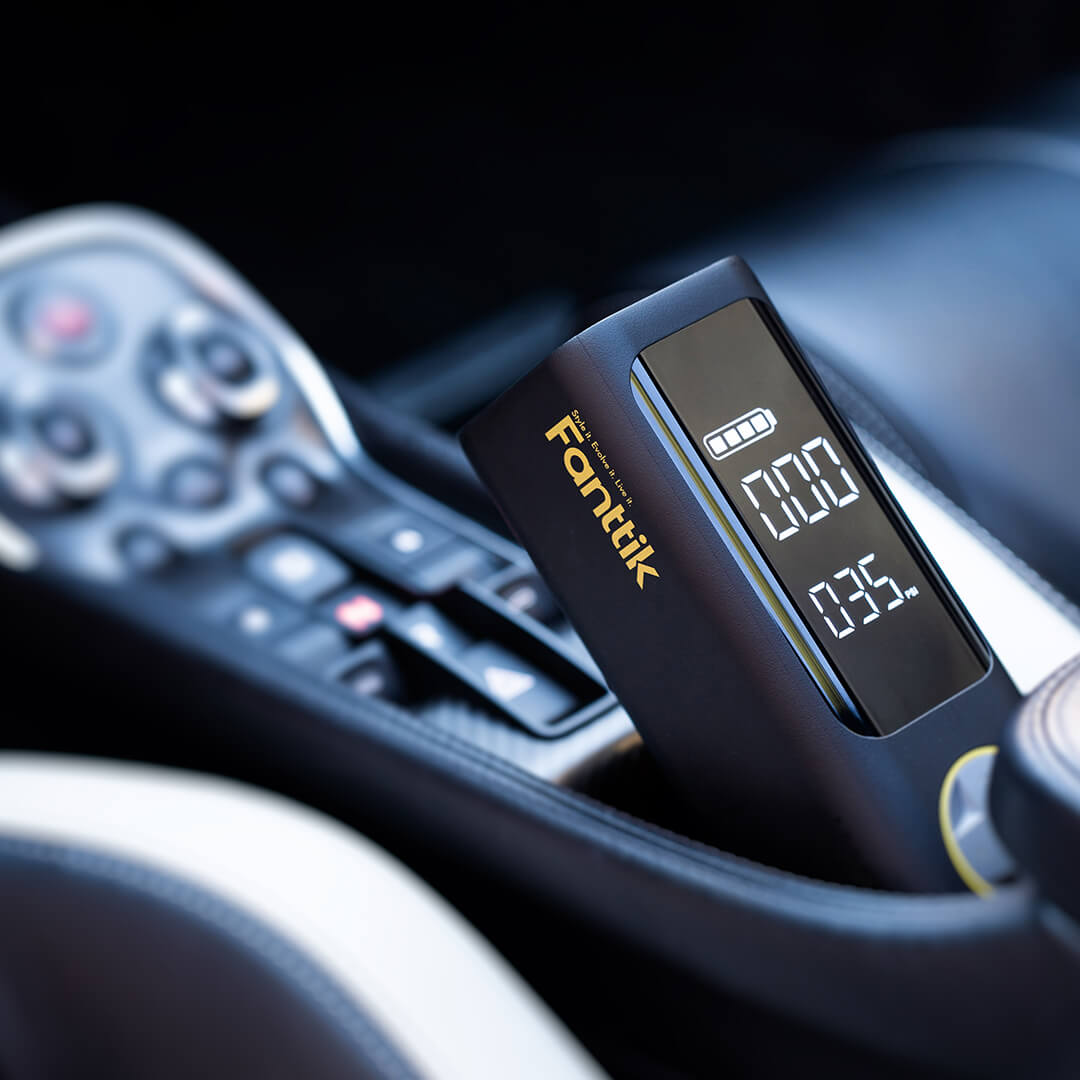






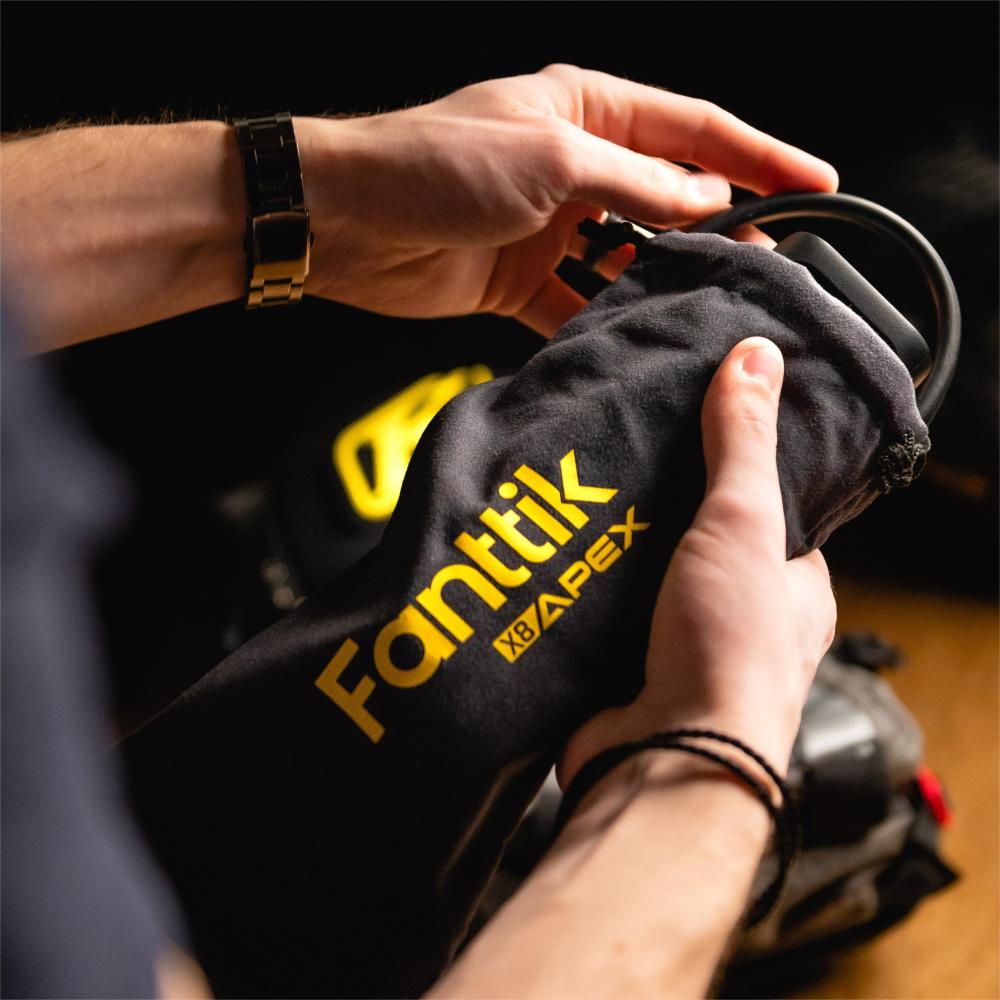

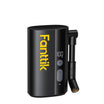


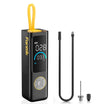
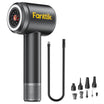

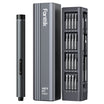
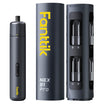

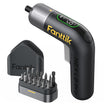
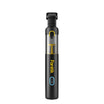
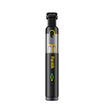
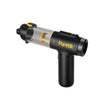
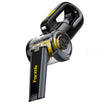
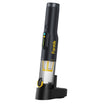
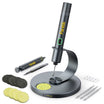
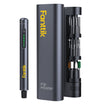

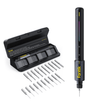

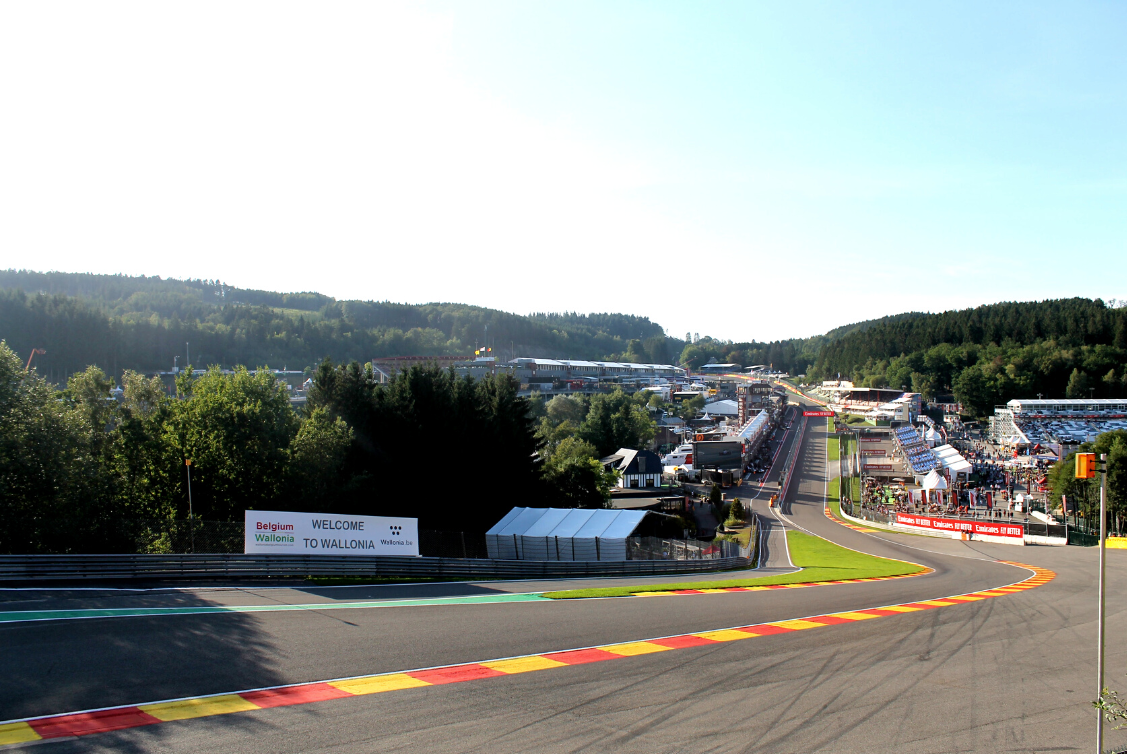



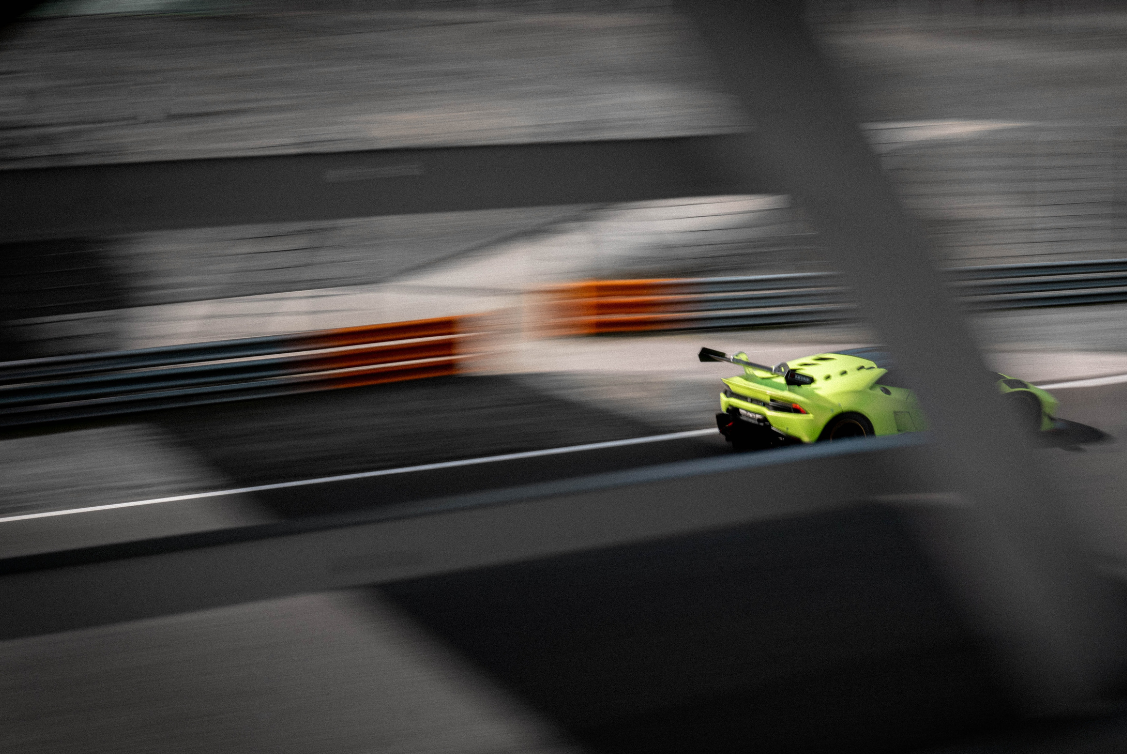
Leave a comment
All comments are moderated before being published.
This site is protected by hCaptcha and the hCaptcha Privacy Policy and Terms of Service apply.